.webp)
© History Oasis
James Creelman, born in Montreal in 1859, was a pioneering journalist whose intrepid reporting and unwavering dedication to his craft left an indelible mark on the annals of American journalism.
His illustrious career, which began at the New York Herald in 1876, was characterized by a fearless approach to newsgathering that often placed him in the midst of danger, from the frontlines of the Spanish-American War to the bloody feud between the Hatfields and McCoys.
Creelman's legacy, however, extends beyond his own remarkable achievements, as his influence can be seen in the careers of his children and the enduring impact of his work on the public's understanding of pivotal events, such as the Mexican Revolution and the lead-up to World War I.
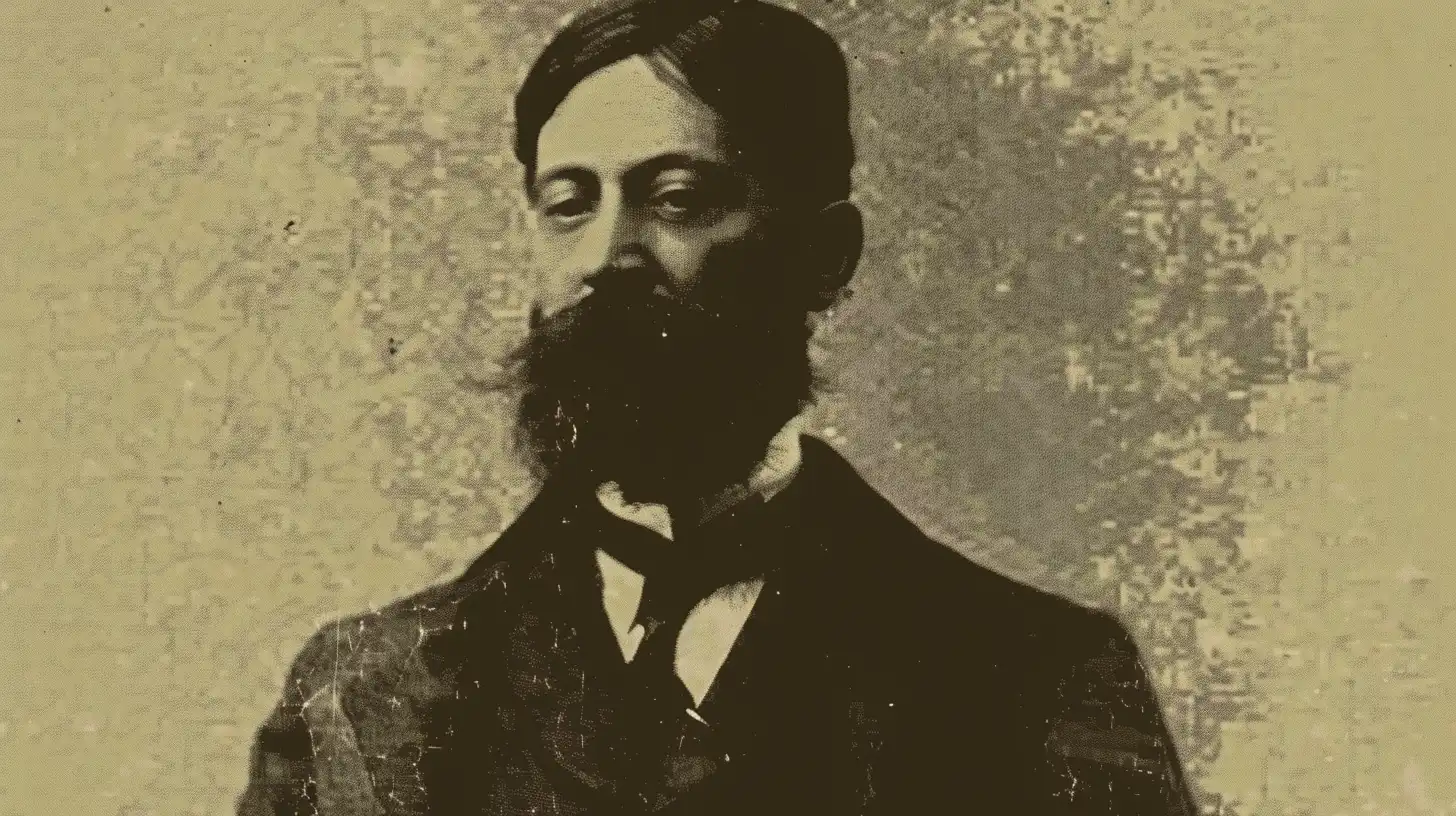
James Creelman, a pivotal figure in the history of yellow journalism, was born in Montreal, Canada in 1859.
At the age of 13, Creelman moved to New York City, where he found himself drawn to the world of literature and law, gaining the support of influential figures such as Thomas De Witt Talmage and Roscoe Conkling.
In 1876, Creelman began his illustrious career in journalism as a reporter for the New York Herald, setting the stage for his future impact on the field.
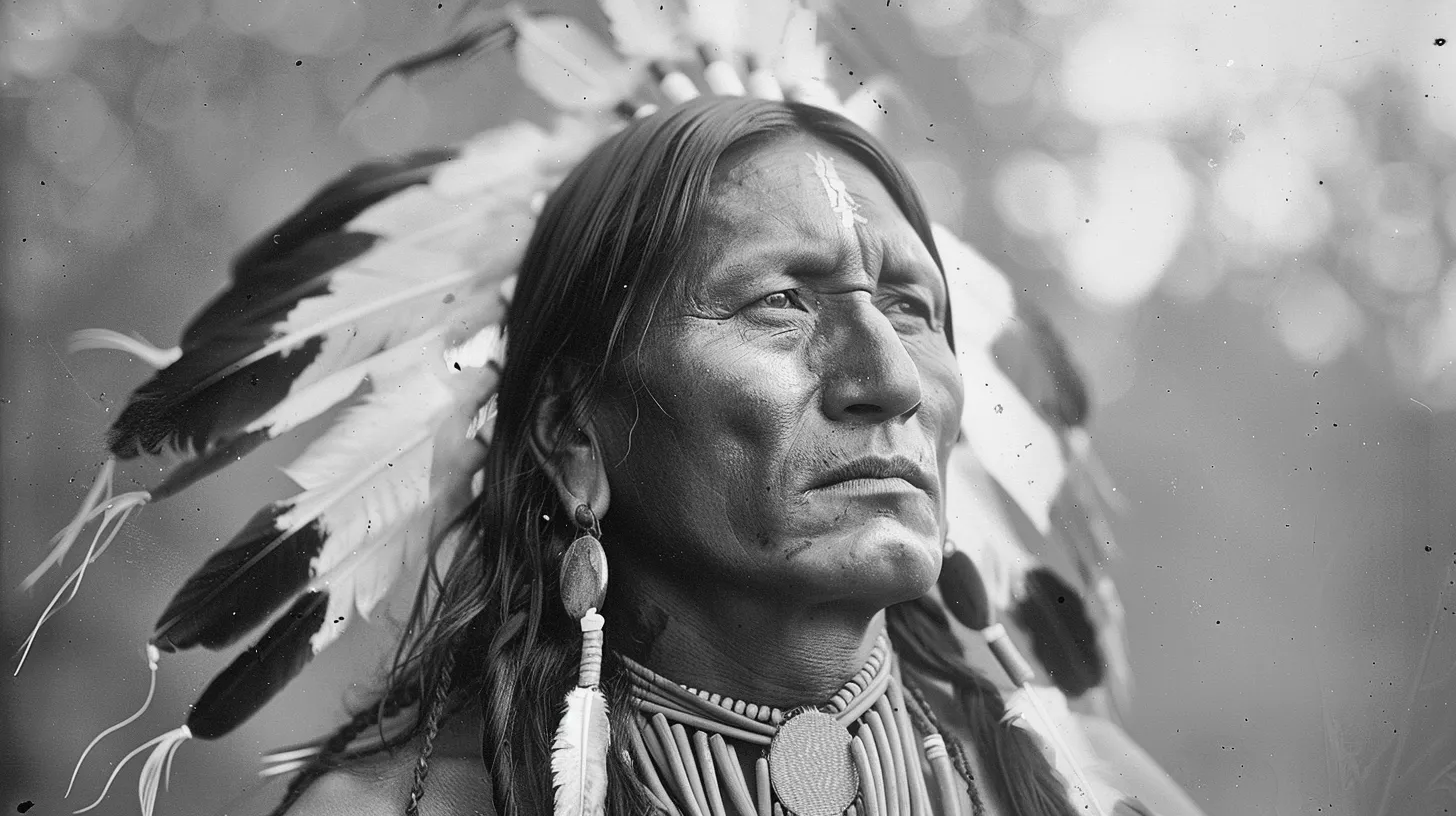
James Creelman, a journalist renowned for his intrepid reporting style, consistently demonstrated a willingness to put himself in harm's way to secure a story.
This fearless approach to journalism was exemplified by his coverage of the notorious Hatfield-McCoy feud, during which he found himself dodging bullets to document the ongoing conflict.
Creelman's audacious pursuit of the truth also led him to secure an interview with the legendary Native American leader, Sitting Bull, further cementing his status as one of the most daring reporters of his era.
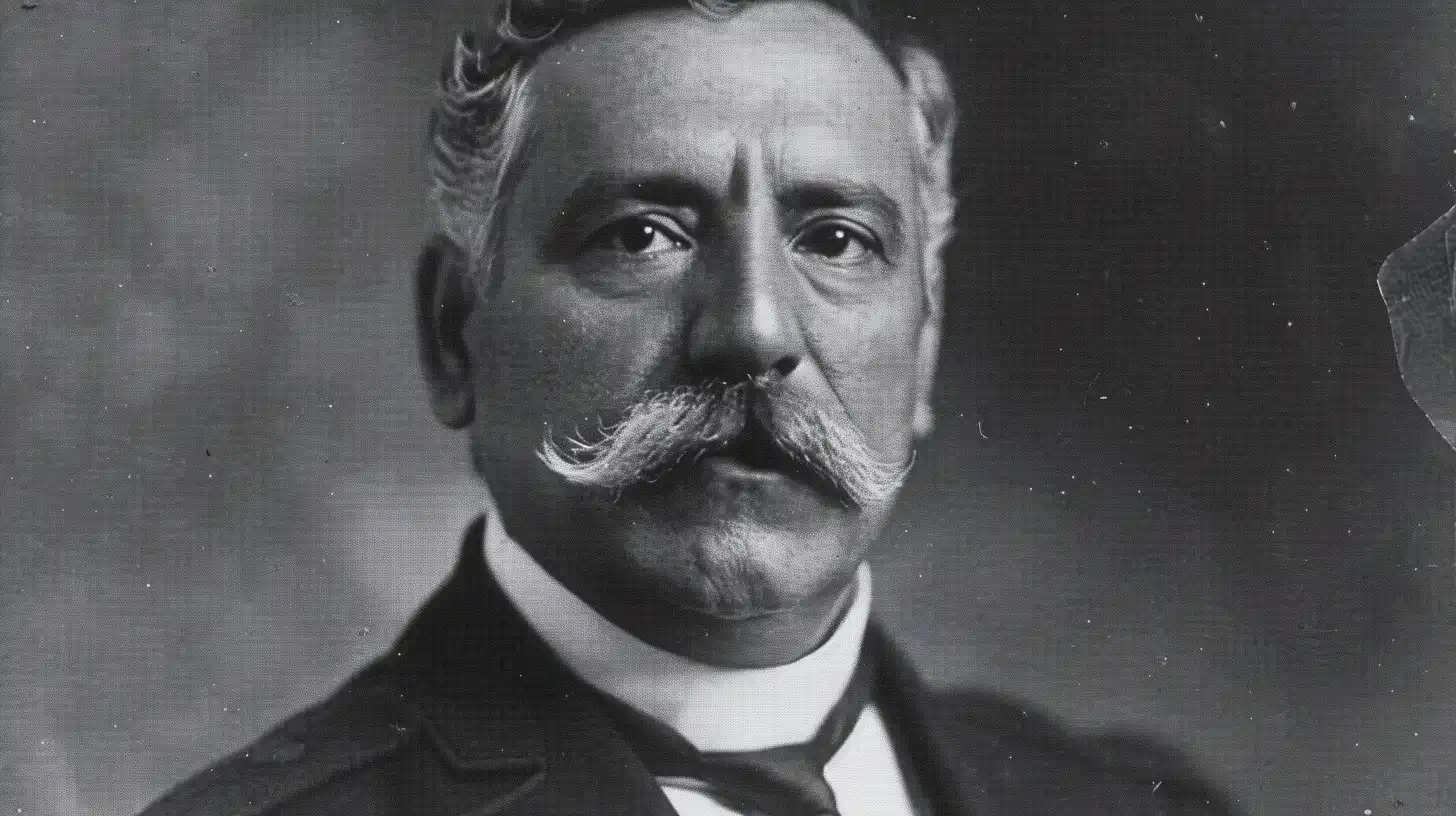
James Creelman's 1908 interview with Mexican President Porfirio Díaz for Pearson's Magazine proved to be a pivotal moment in Mexican history.
In the interview, Díaz made the surprising declaration that he would not seek re-election in 1910, a promise that he ultimately failed to keep.
This broken promise, along with other factors, contributed significantly to the growing unrest that eventually culminated in the Mexican Revolution—making Creelman's interview a crucial piece of the historical puzzle that helps to explain the origins of this transformative event in Mexico's past.
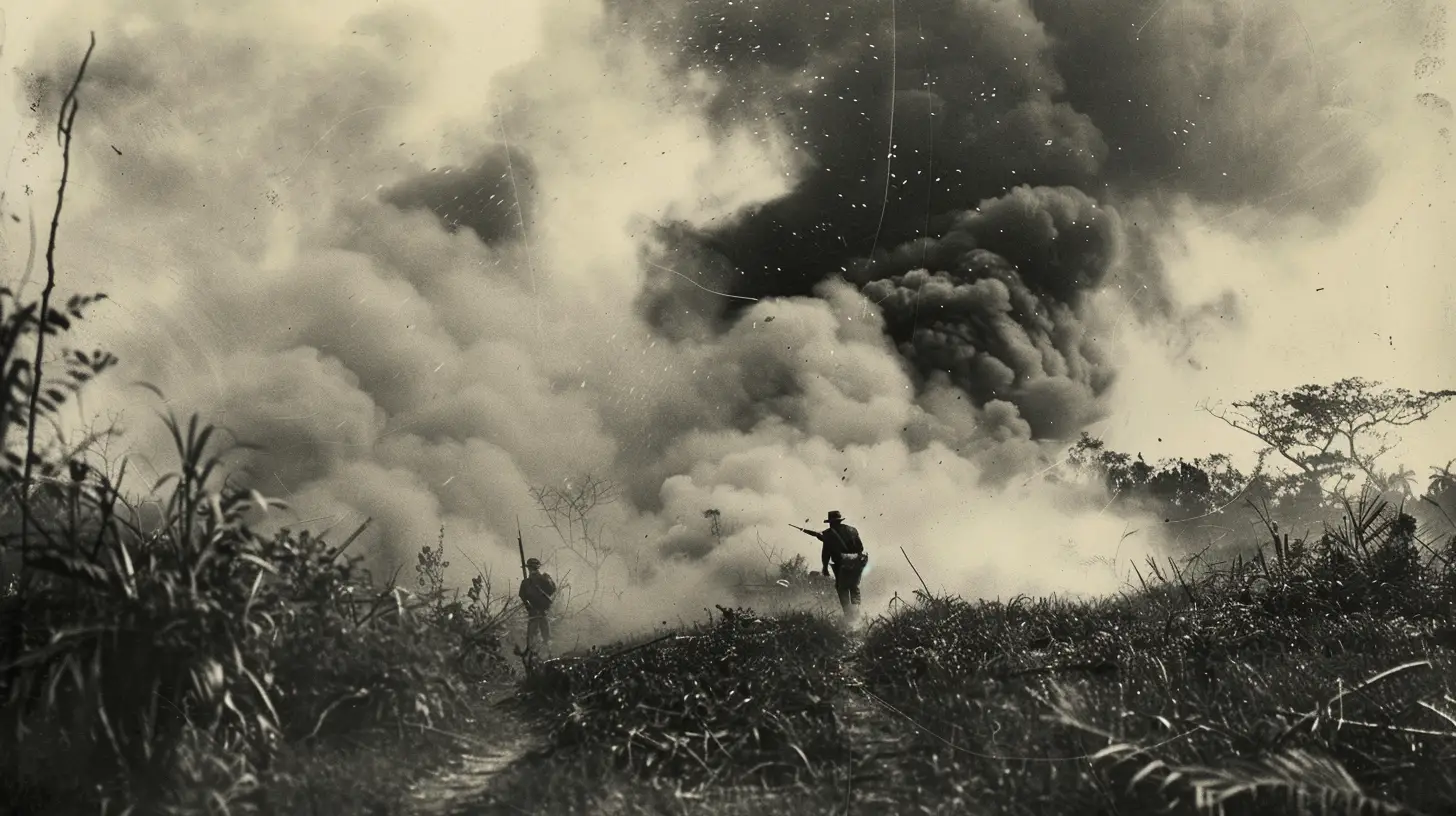
James Creelman's unwavering support for Cuba during its war against Spain was not merely a matter of journalistic interest, but a deeply personal conviction.
During the battle for El Caney, Creelman's dedication to the Cuban cause led him to actively participate in the conflict, culminating in a daring act of defiance when he seized a Spanish flag amidst the chaos of battle.
However, this bold gesture did not come without consequence, as Creelman found himself wounded by Spanish gunfire, a testament to the lengths he was willing to go to stand up for his beliefs and report on the realities of war.
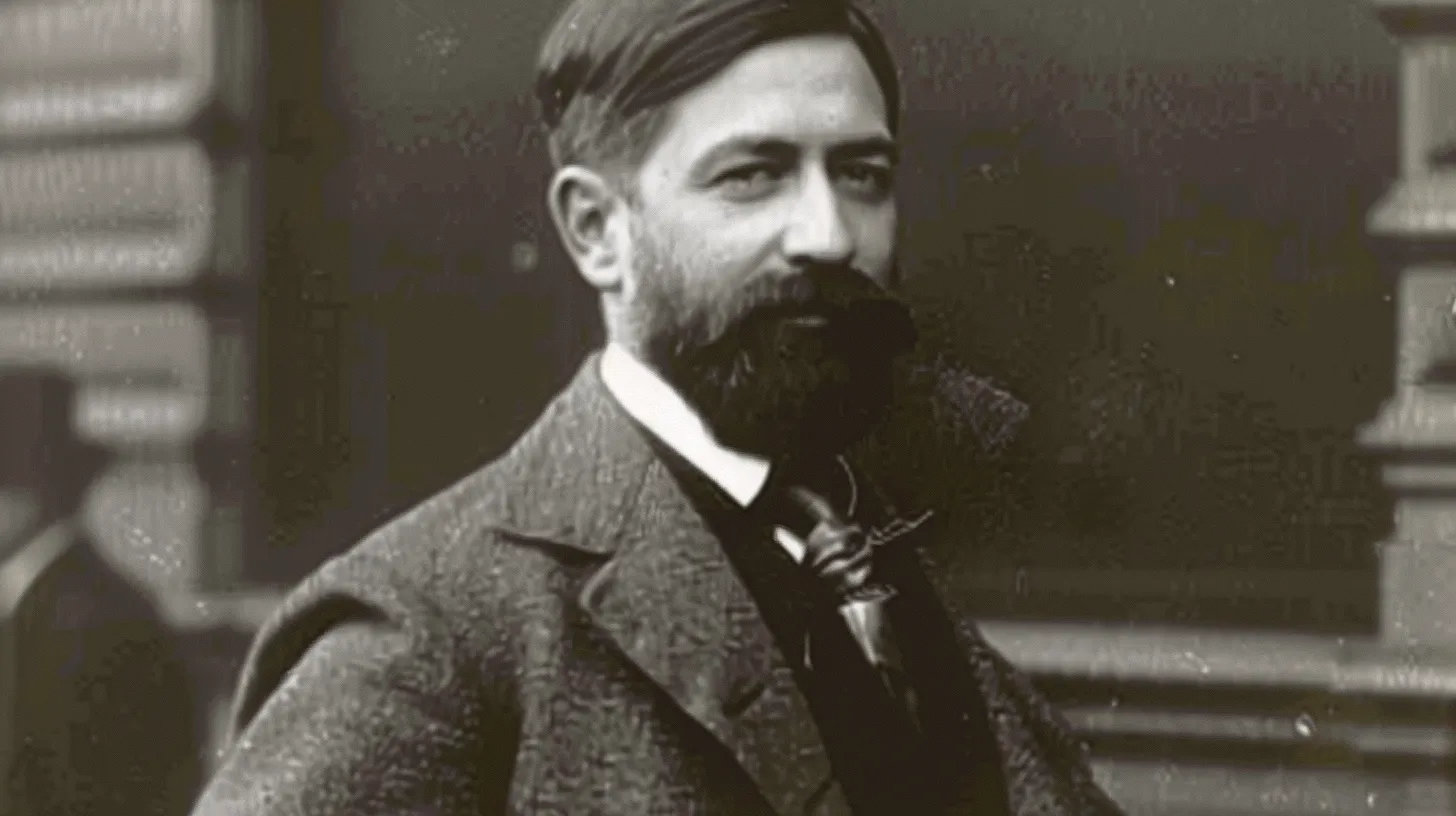
James Creelman's reputation as one of the most distinguished journalists of his time was well-earned, as he consistently demonstrated an unparalleled dedication to his craft.
This commitment to excellence did not go unnoticed by his contemporaries, with media magnate William Randolph Hearst offering a particularly poignant assessment of Creelman's character, describing him as an individual who approached every assignment, regardless of its scale or scope, with an unwavering sense of purpose and importance.
This singular focus and devotion to his work undoubtedly contributed to Creelman's status as a titan of journalism during his era.
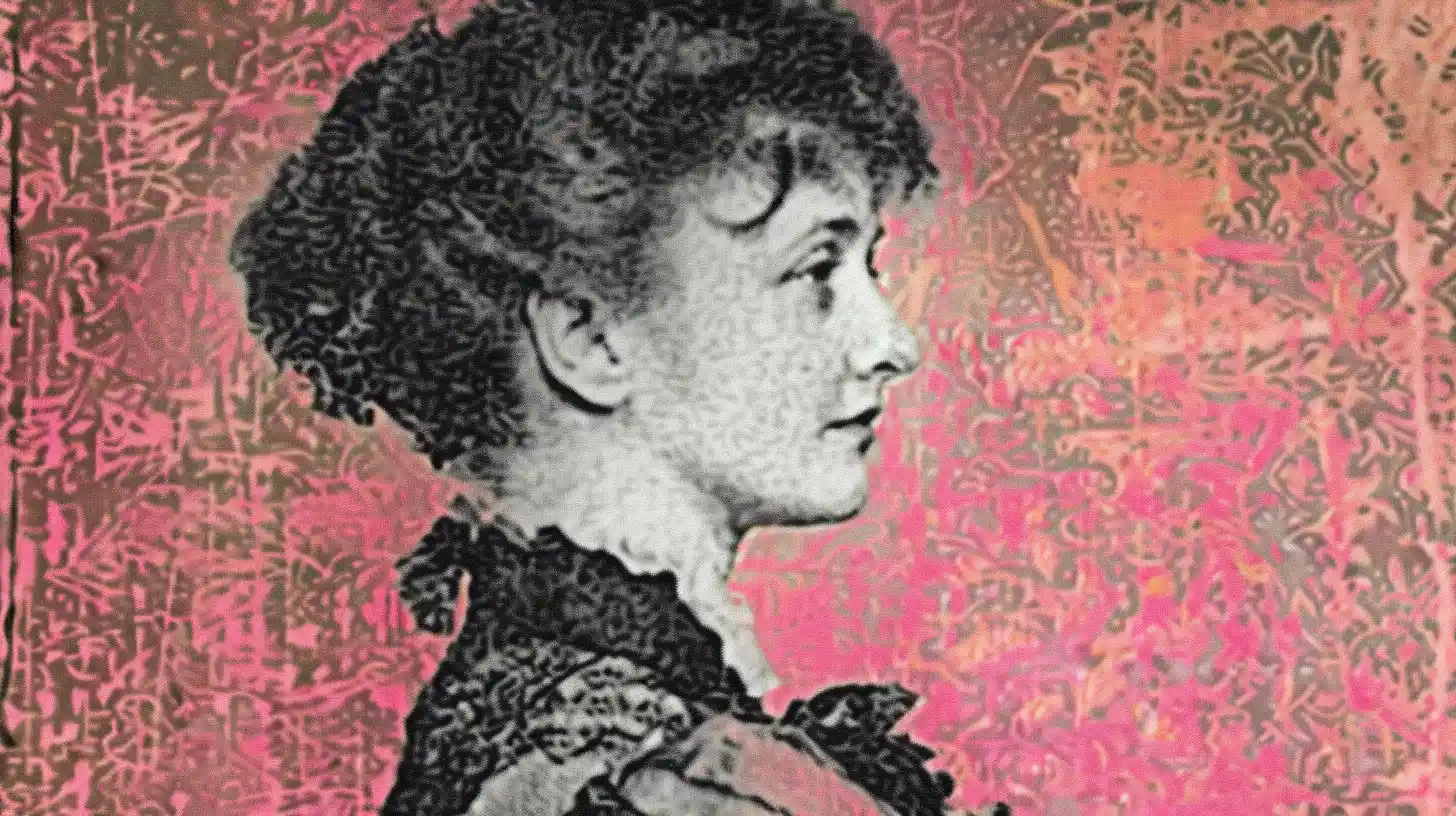
James Creelman's personal life was marked by his marriage to Alice Leffingwell Buell in 1891, a union that would shape the course of his life and legacy.
Together, the couple welcomed four children into the world, creating a family that would stand as a testament to their love and commitment to one another.
Despite his tireless dedication to his profession, Creelman also placed great value on his roles as a husband and father.

James Creelman's influence extended beyond his own remarkable career in journalism, as evidenced by the path taken by his son, James Ashmore Creelman.
The younger Creelman, undoubtedly inspired by his father's storytelling prowess and keen eye for narrative, went on to forge a successful career as a professional screenwriter in Hollywood.
This legacy of creativity and the power of the written word, was passed down from father to son.

James Creelman's life was cut tragically short in 1915, when he succumbed to Bright's Disease while en route to cover the devastating events of World War I.
His untimely death in Berlin at the age of 56 sent shockwaves through the journalistic community, as colleagues and admirers mourned the loss of one of the most intrepid and influential reporters of his generation.
In a fitting tribute to his legacy and his ties to the city he called home, Creelman was laid to rest in Brooklyn, New York, forever cementing his place in the annals of American journalism.